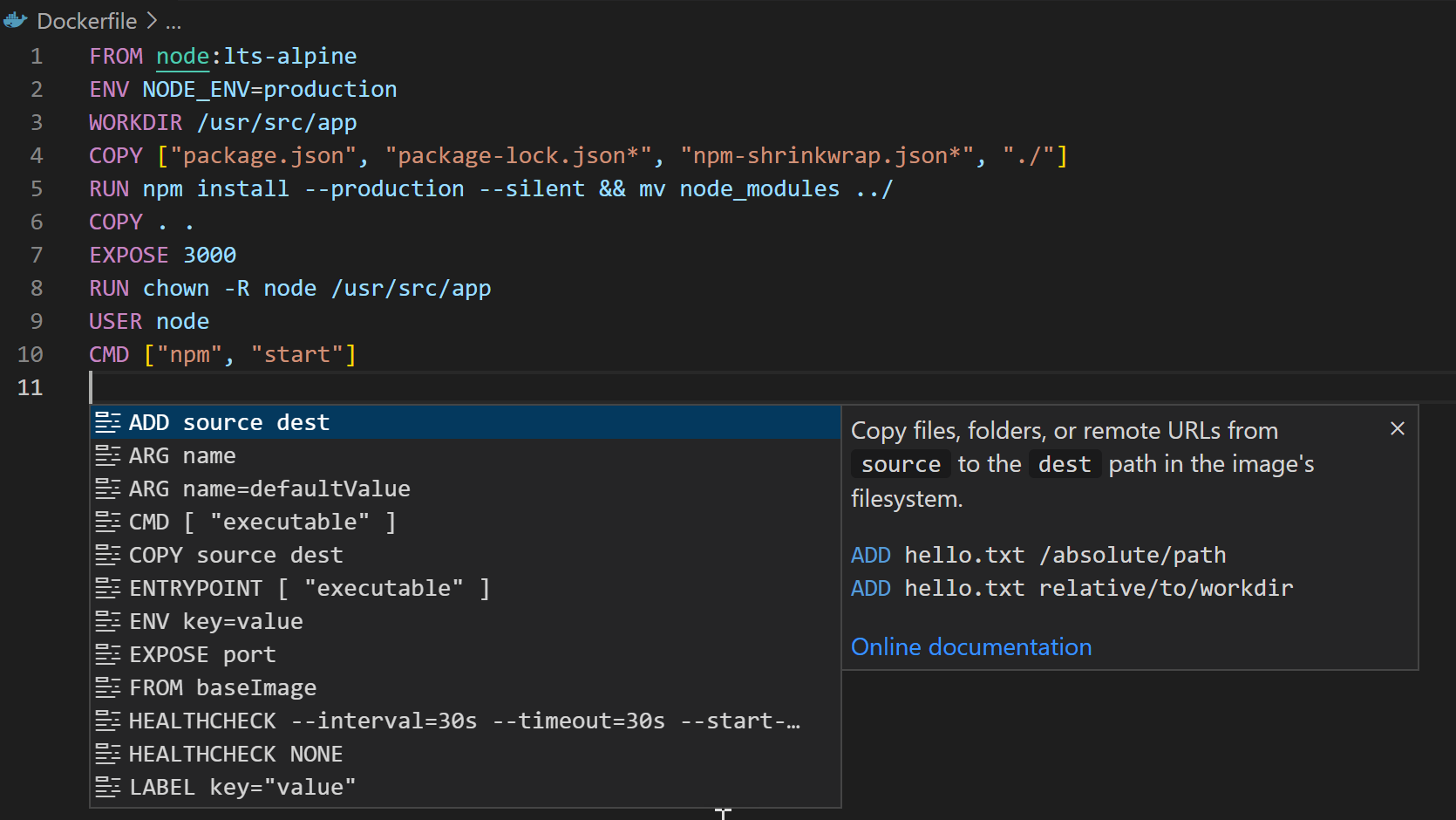

The -p defines the port mapping from the host to the container, and the -e defines key value pairs to set in the container’s environment when it starts up. The following will start a container with specified environment variables and forwarding ports from your local computer into the Docker container:ĭocker run -p HOST_PORT:CONTAINER_PORT -e ENV_VAR=VALUE IMAGE COMMANDĭocker run -p 8080:3000 -e RACK_ENV=development my-rails-app:latest rails s If you need to find Docker images available locally, you can run: docker images or docker image ls. If the specified image is not available locally, Docker will attempt to retrieve it from Docker Hub (or any connected Docker registry). The image being used to create the container is generally specified as : such as ruby:latest. The -rm causes Docker to automatically remove the container when it exits. The -it runs Docker interactively (so you get a pseudo-TTY with STDIN).

The following will start a new container, drop into a shell, and then destroy the container after you exit: Sometimes, it’s useful to just start a container to poke around, and then discard it afterwards. It is important to differentiate it from exec, which is used to interact with containers that are already running. Docker Runĭocker run is for creating containers. Image names and tags help tremendously to readily (and unambiguously) reference specific images. If only a name is provided, the default tag of “latest” is used. The -t will tag the image built by Docker.Īll Docker images have an image identifier (a generated, 12-character alphanumeric string). (This is important when considering commands specifying files and paths within the Dockerfile.) in the example) tells Docker what to use for its context or current directory when building the image. The -f specifies the path to the actual Dockerfile, whereas the PATH (. f docker/Dockefile -t my-rails-app:latest You can easily build a new image from a Dockerfile and tag it with:ĭocker build. The anatomy of a Dockerfile is beyond the scope of this post, but looking at examples from official repositories on Docker Hub and the Docker documentation can be helpful. Docker Buildĭocker build creates Docker images from Dockerfiles. I’ve organized them by sub-commands to the main docker executable. All of the following tips work with the standard Docker CLI from version 18.06.0-ce. The following tips are not comprehensive, but they do cover some of the most common operations that beginning users are likely to need when first working with containers. There are a couple of especially useful patterns and invocations that I show to people when I am introducing them to Docker and its usage. While I often utilize Docker as part of a hosting and deployment system, I also use it locally for all sorts of exploration, spikes, and development.


 0 kommentar(er)
0 kommentar(er)
